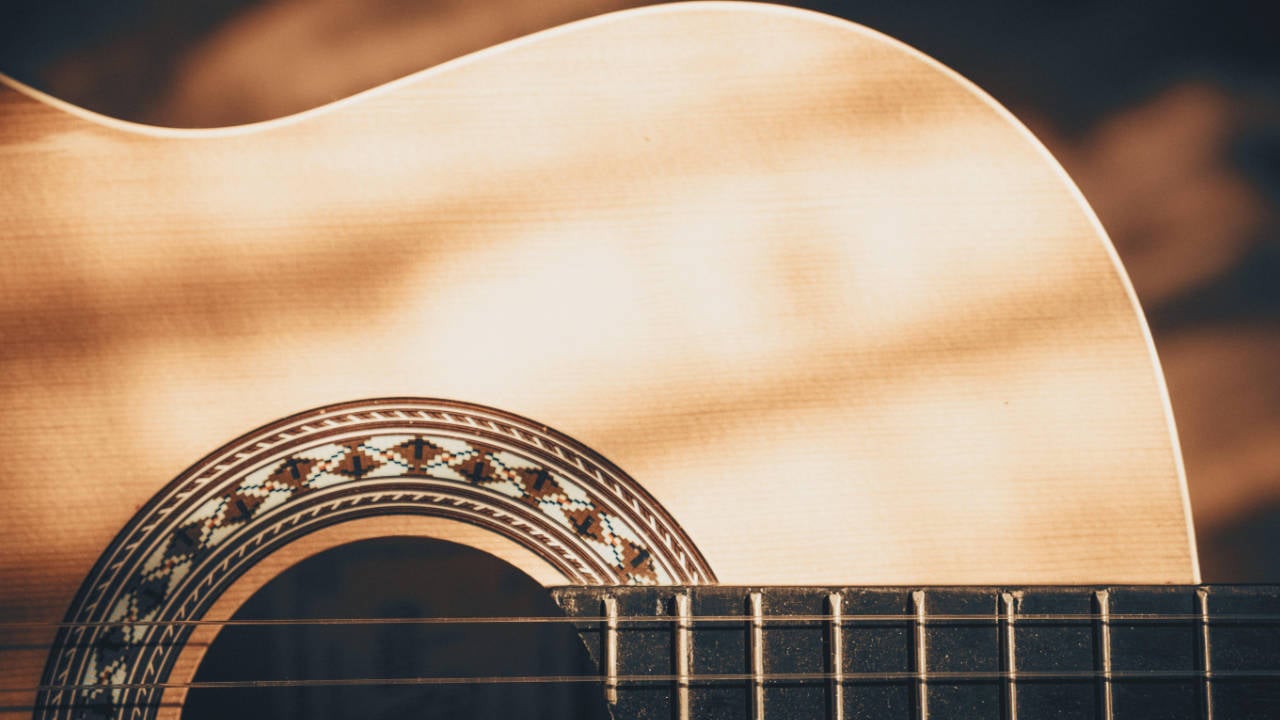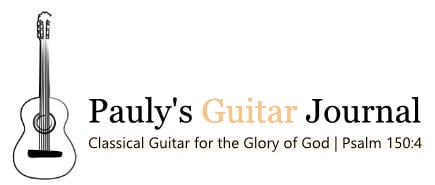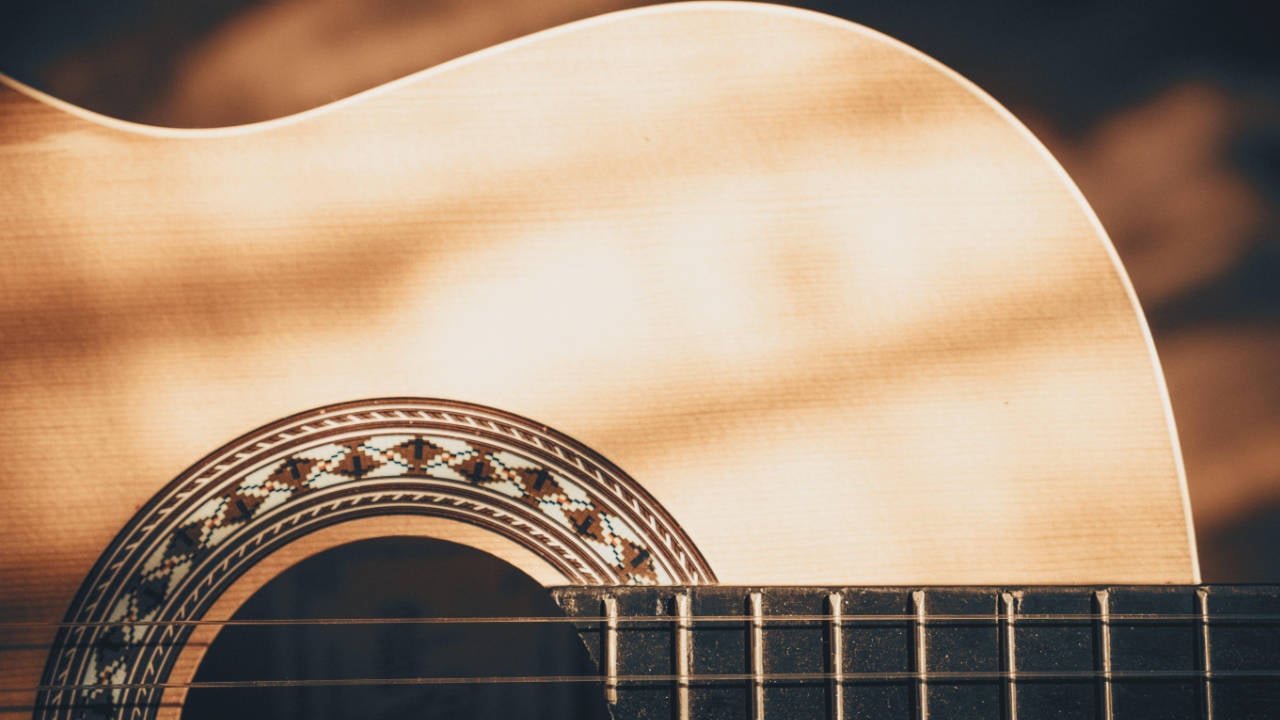In the last article, we talked a little bit about sheet music’s history and a few basic concepts. In this article, I would like to talk a little about, what I call, the composer’s toolbox. In addition to our blank canvas, we have lots of elements that can be added to make up our composition.
But before we jump in: have you signed up for the monthly newsletter? In it, you will get new music updates, practice techniques, and resources, articles on arranging and composing. You will also get articles on music theory and analysis. Plue free sheet music downloads, thoughts on recording music and videos on a budget. I’ll even throw in whatever my latest diatribe is on the world of classical guitar for free. Just for you. Yes, you. What a bargain. Okay, I’m done, back to the article.

The Basic Composer’s Toolbox
Here are a few tools in the toolbox you should be familiar with:
Keys Signatures
Certainly, a key signature is a starting point. However, it does not mean that the key you start in will be the key you end in. There are 12 keys (technically there are 15, but 3 of them are repeated). These can be combined with modulation and chords borrowed from parallel keys. Okay, that may be a little more advanced, but just to let you know, you have a lot to work with.
Melody
Once you have picked a key to start in, write your melody. The melody could be in the tremble (it’s usually found here) or the bass. When I compose, I like to sing the initial melody over a chord progression. This gives me a starting point. Others like to compose the melody before adding chords. There are strengths and weaknesses to each approach. Starting with a chord progression may give you a more contemporary sound. Using melody first may lend to a more “classical sound.”
Harmony
Adding harmony, arpeggiated and/or blocked chords, fills out your piece. It is good to know some music theory at this point. Music theory helps you construct the piece around your melody. It even helps in enhancing melodic ideas, such as modulation for example. Harmony could be a topic all on its own. It can, depending on your tastes, become very complex.
The Tools in the Toolbox (at least some of them)
Okay, you have your basic idea. Let’s talk about more tools in the toolbox. Here are a few things you can add to make the composition more interesting:
Chords
When adding chords, emphasize the strong beats or the down beats. For example, rock-n-roll, hip-hop, dance, or their variations, are in 4/4 or common time. The first and third beats are emphasized. In 3/4, you could emphasize the first and third beats. In 6/8, you could emphasize the first and fourth beats. Technically, you can emphasize any beat you want, but this seems to be the common convention for modern music.
Arpeggios
Arpeggios are just broken chords, played one note after the other. Try not to make this more complicated than it is. There are hundreds of arpeggio combinations (dare I say thousands?). You can certainly get bogged down in the weeds with accompaniment. Try using one pattern throughout the piece, or combine multiple patterns. Sometimes harmony can overwhelm newer composers. Work out one idea at a time. If it works, great. If not, move on and try something else. Only spend a few minutes on each idea. If you are not careful, you can waste 30 minutes to an hour easily trying to make something work. If it does not work, it is okay. Try something else.
Runs
I’m not sure if the word “Run” is the best word to explain this concept, but the basic idea is to add linear notes to the melody or the bassline in your piece. You could even use these as inner voices. Instead of playing C – E – G – C – E across six strings, you could play B – C – D – E on the second and first strings. You could use different rhythms, accent different notes, etc. Again, there are hundreds of variations to this.
Harmonics
There are two variations of harmonics, natural and artificial. The natural harmonics are played on the 5th, 7th, 12th, and 19th frets. There are other natural harmonics, but that’s a subject beyond the scope of this article. Artificial harmonics is where you play the harmonic twelve frets about the fretted note. For example, you can fret a D on the second string and play the harmonic twelve frets above. This harmonic occurs on the 15th fret. Both can be added to your piece to spice it up a bit. Everybody likes harmonics.
Slides and Slurs, and Dynamics
Blues music on the classical guitar holds an interest for me. One of the elements that make it interesting is the use of the slide and slur techniques. It seems to give the music an added smoothness. A slur can enhance a melody line. Just one slur can make it more interesting. This can be used in any style of music to great effect. I was once encouraged to add slurs in usual places which can enhance the music further.
Dynamics and Timing
Another way of making a piece interesting is by adding dynamics and varying the timing. It is the ebb and flow and rising and falling of a piece. Many guitarists, including myself, tend to miss this. Think of it as a smooth flow of the music. Many times, this is left to the interruption of the player. However, it can be written into a piece.
Structure
Every piece of music, whether pop and rock, folk and classical, has a structure to it. It could be a binary (A-B), Rounded Binary (A-B(A)), or Ternary (A-B-A) piece. It could be in Rondo form or Sonata. It could be a Variation on a Theme. Hey, it could be 12-bar Blues. Think about the construction of your piece.
More Advanced Toolbox
But wait, there is more! As we think through composing a piece there are other elements we can apply as well. Many of these I had not heard of until joining the Creative Classical Guitarist with Daniel Nistico. There are tools such as Modulation where you can change keys. Tools such as Cadential 6/4s, Augmented 6th, and Neapolitan 6th chords. There are modes, polyrhythmic cell development, and counterpoint. There’s even Negative Harmony. We have so many tools in our toolbox that the options for composing music are endless.
Conclusion
Here’s a question for you: did this pique your interest? Would you like to start composing or take your composing to the next level? The “sky is the limit” as they say. Would you like to advance your composing chops? You could always go to college and major in guitar or composition or music education. However, if that route is unavailable to you, there are other pathways. The Creative Classical Guitarist is a good place to start (especially if you are a guitarist). Thinkspace Education is another good resource. Thinkspace is directed at composition for games and television, but it does have a few good theory courses as well.




Comments ()